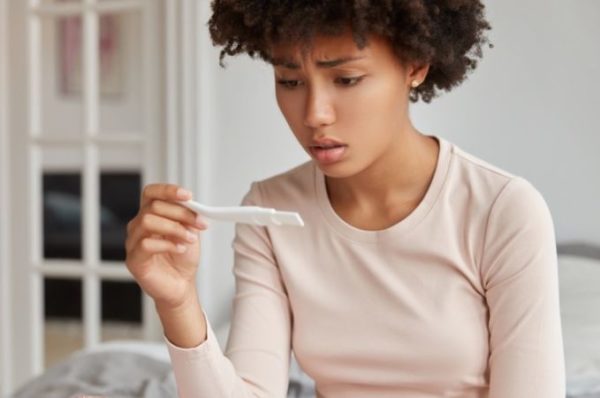Lifestyle
Ladies, here’s how to track your ovulation

For women looking to either conceive or prevent pregnancy, understanding your ovulation cycle is necessary.
What is ovulation?
Ovulation is a phase in your menstrual cycle when a mature egg is released from one of your ovaries. This usually happens around the 14th day of a typical 28-day cycle. The egg then travels through the fallopian tube, where it can be fertilised by sperm. If the egg is not fertilised, it will disintegrate and be absorbed by the body, leading to menstruation
Why track ovulation?
There are many reasons why ovulation tracking can be beneficial. Here are a few big ones:
- Trying to conceive: If you’re hoping to get pregnant, knowing your fertile window can significantly increase your chances. By timing intercourse around ovulation, you create the perfect conditions for conception.
- Natural family planning: Ovulation tracking can also be used for natural family planning. By identifying your infertile days, you can avoid unwanted pregnancy without using hormonal birth control.
- Understanding your cycle: Tracking your ovulation can shed light on your overall menstrual cycle. You might notice patterns in your mood, energy levels, or physical symptoms throughout the month. This knowledge empowers you to manage your cycle and optimise your well-being.
How to track your ovulation
Now, let’s get down to the nitty-gritty: the actual tracking. Here are some popular methods, each with its own pros and cons:
- Calendar tracking: This is the simplest method. All you need is a calendar or a period tracking app. Mark down the first day of your period each month. Since ovulation typically occurs around 14 days before your next period (in a 28-day cycle), you can estimate your fertile window based on this.
- This method is best for women with very regular cycles.
- Basal Body Temperature (BBT): This method involves taking your temperature first thing in the morning, before even getting out of bed. After ovulation, your progesterone levels rise, causing a slight increase in body temperature. By charting your BBT daily, you can identify a temperature shift that signals ovulation has occurred. This method requires dedication and a consistent sleep schedule.
- Cervical mucus tracking: This method involves observing changes in your cervical mucus (discharge). Before ovulation, the mucus is usually thick and sticky. As you approach ovulation, it becomes thin, clear, and stretchy, resembling egg white. This method can take some practice but can be quite reliable once you get the hang of it.
- Ovulation predictor kits (OPKs): These are pee-on sticks similar to pregnancy tests.
- They detect a surge in luteinizing hormone (LH) which typically precedes ovulation by 12-36 hours. OPKs are a convenient and accurate way to pinpoint your fertile window.
There are also wearable fertility monitors that track your cycle through various physiological data points. These can be a good option for tech-savvy women who want a more comprehensive approach.
Choosing the right method
The best method for you depends on your personal preferences and lifestyle. Here’s a quick guide:
- For beginners: Start with calendar tracking or a period tracking app.
- For detail-oriented women: BBT or cervical mucus tracking might be a good fit.
- For convenience: Opt for OPKs or a fertility monitor.
The most important thing is to be consistent with your chosen method. The more data you collect, the more accurate your predictions will become.
If you have irregular cycles or are facing fertility challenges, speak to your doctor. They can provide guidance and additional support.









